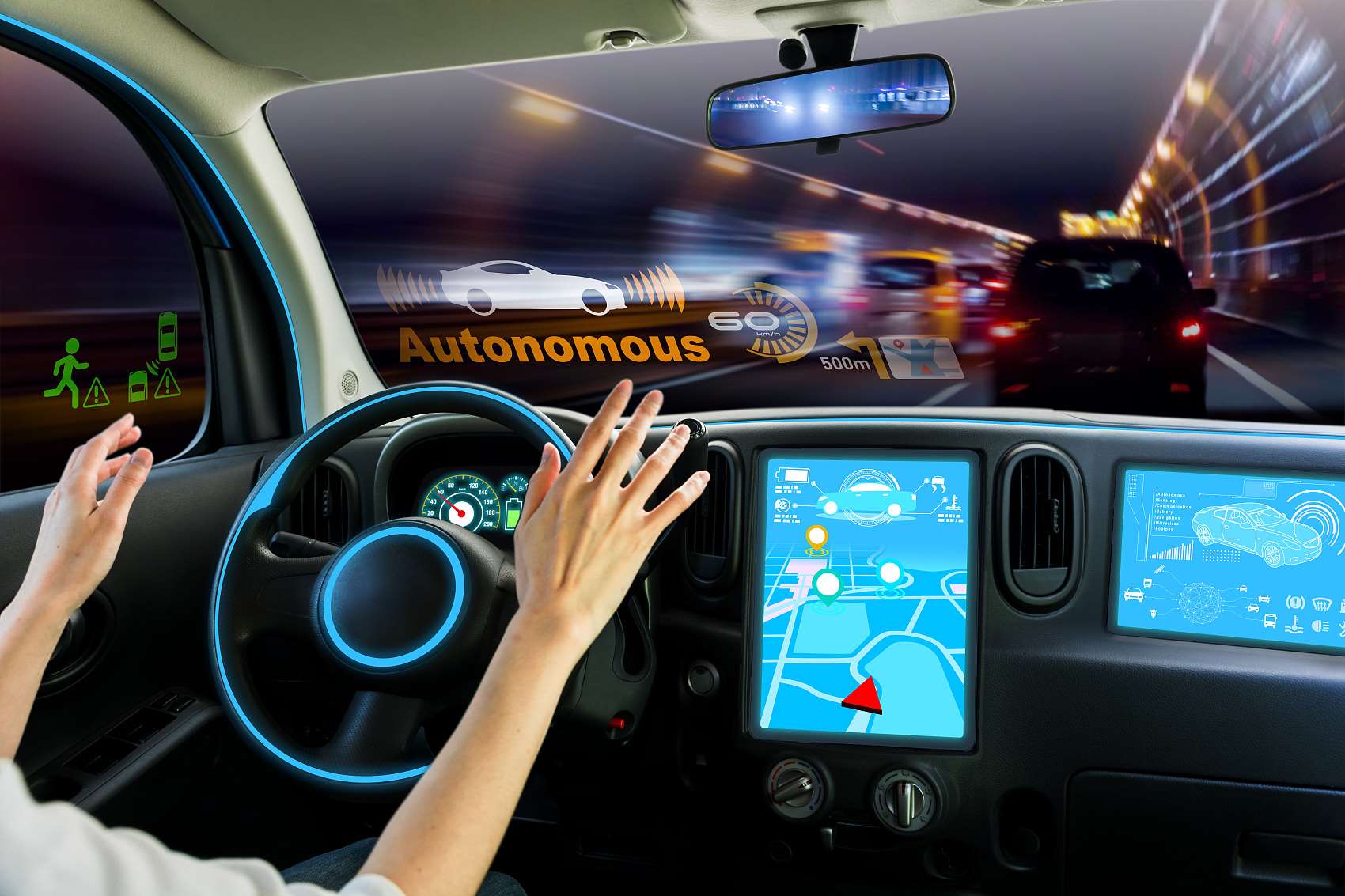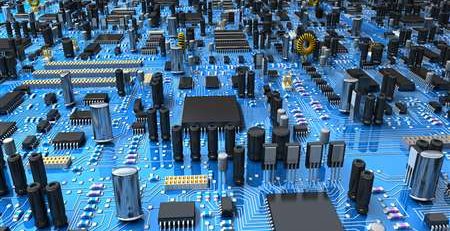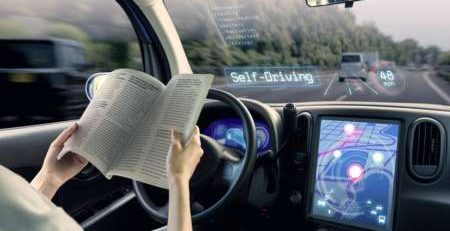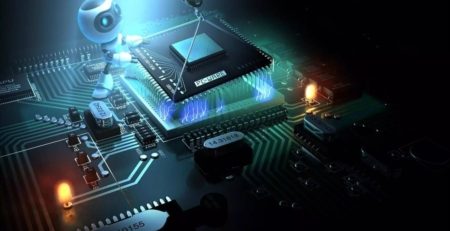The impact of automotive electronics chips on cars
In the past, at traditional automakers, the cost of a chip for a car was about $500 to $600. As a result, car companies do not pay attention to automotive electronics, and the price of automotive chips is suppressed by car companies.
But when Tesla started adopting a modular design for its electric cars, it would just replace the modules if something went wrong. Just like the modular design of computers, it not only shortens the testing and verification time of automotive chips, but also gives computer module manufacturers the opportunity to enter electric vehicles. More and more cars are used for AI functions and automation applications. Currently, only 20% of automotive chips (mostly related to ADAS) use advanced processes below 14nm, while mature processes above 28nm account for about 80%, so everyone has a chance.
Why automotive electronics are important
First, in terms of car crashes, more than a million people die in car crashes every year. If the car has ADAS and autonomous driving, there is an opportunity to reduce the number of car accident fatalities, because many car accidents are caused by human factors. The goal of SDGs is to halve car crash fatalities, so the ADAS capability of a car is very important. Then there’s carbon reduction, so electric vehicles are important and the company’s ESG mission. The third is 5G communication. In the automotive field, 5G communication is more important than 4G communication, and 6G will appear in 2028. Therefore, the future of transportation must develop in a direction that is safer, greener and smarter.
Taking STMicroelectronics as an example, in the automotive industry, automotive electrification, ADAS systems, 32-bit automotive MCUs and other fields have seen substantial growth from 2020 to 2021, especially in the field of automotive electrification.
Because STMicroelectronics has a very complete line of automotive electronics, it also sees rapid growth in many automotive chip applications. A car uses about $550 of chips for a traditional gasoline car, but it’s already as high as $1,300 for an electric car. USD; for L2 self-driving cars, using a chip is about $350, but at L2++ or even L4, the price of using a chip increases to 2.5 times. As for the observation of future application areas, including vehicle electrification, software-defined vehicles (SDV), autonomous vehicles, etc., there will also be double-digit growth in 2021-2025.
Continued growth in automotive electronics remains unchanged. For the automotive industry, three major application trends will become mainstream in the future
One is to “increase the content of traditional applications”, that is, to diversify the application of automotive electronics in traditional vehicles by introducing automotive chips. The second is “disruptive innovation in car digitalization and electrification”, that is, through the transformation of car electronics, the car will be more intelligent, with more automatic assisted driving functions, faster charging speed, and many functions can be upgraded through OTA. The third is the “new function of modern transportation”, that is, through the operation of the Internet of Vehicles, the car can actively communicate with the outside world, provide a better and more complete driving experience, and reduce the burden of driving.











